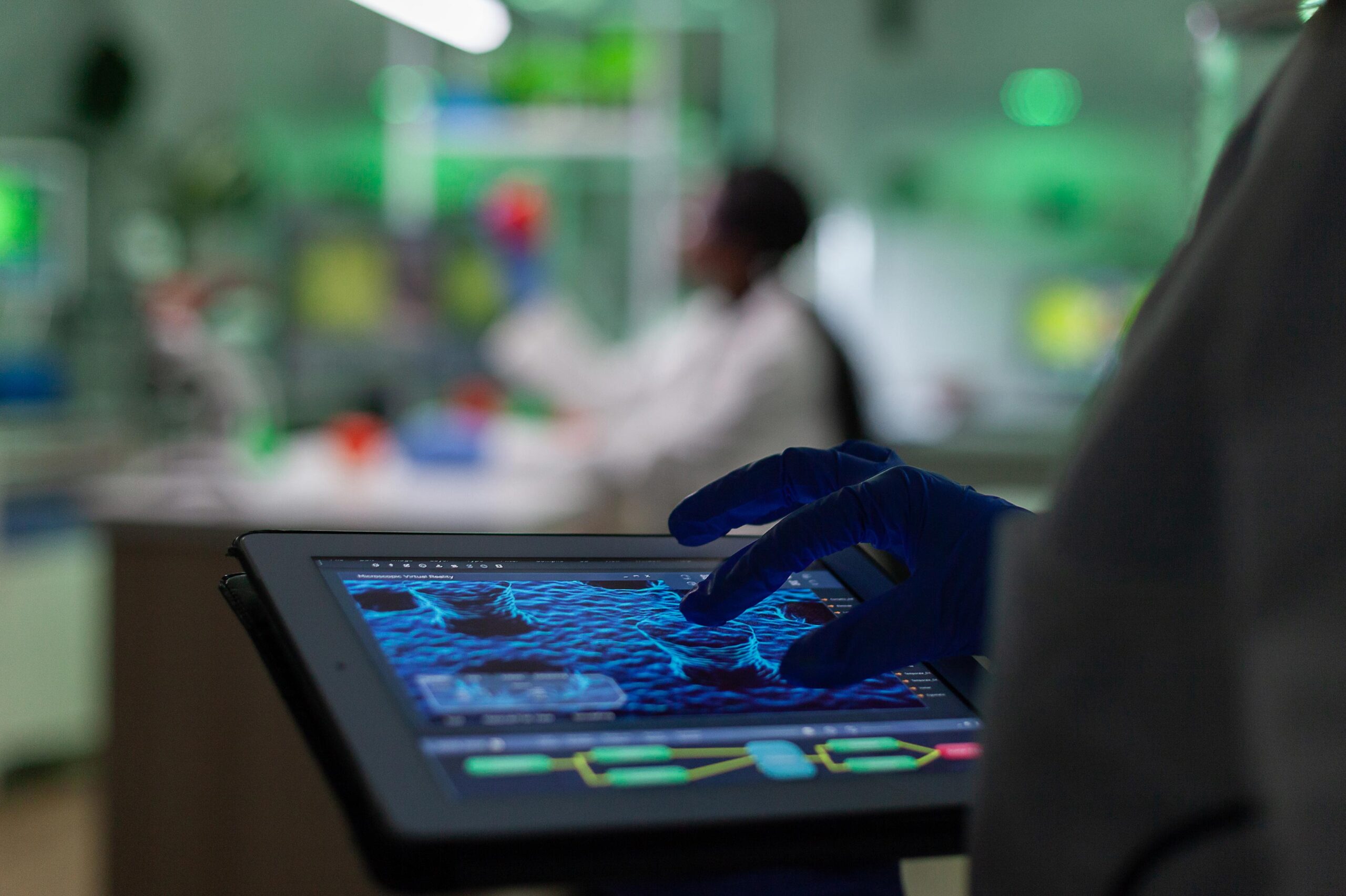Measuring instability is difficult because it requires tracing the evolution of multiple subclones coexisting within a tumor. Hence, monitoring genomic instability by means of traditional tissue-based approaches is, unfortunately, largely unfeasible. Sampling blood can overcome this limit. In fact, compared to healthy people’s blood, cancer patients’ blood typically present higher levels of total circulating cell-free DNA (cfDNA). Discovered for the first time in 1948, cfDNA consists of small DNA fragments circulating in bodily fluids; it also contains circulating-tumor DNA (ctDNA), but in a limited amount (no more than 10% of the total cfDNA).
cfDNA analysis enables detecting early genomic aberrations and cancer cell evolution; however, the low amount of circulating cfDNA and the very low proportion of mutated cfDNA molecules make such an approach challenging. Taking advantage of the enhanced sensitivity of sequencing methods allowed by the introduction of molecular barcodes (unique sequences utilized to identify unique DNA fragments for a correct interpretation of DNA sequencing) and of other technological advances such as enhanced bioinformatics filtering pipelines, researchers managed to identify clinically relevant genetic alterations in early-stage cancer patients, reaching a sensitivity of less than 1 mutant template molecule per milliliter of plasma.


